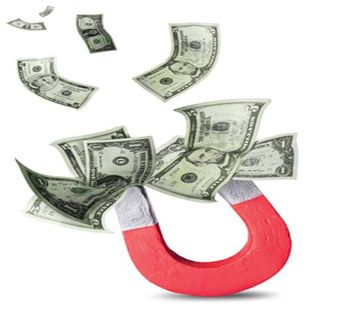
Although Kavanaugh's paper trail on health policy is not vast, it does include some intriguing clues about how he might rule on future cases. Find out more.

Although Kavanaugh's paper trail on health policy is not vast, it does include some intriguing clues about how he might rule on future cases. Find out more.

Are recent pharma price drops just a response to political pressure or will the momentum last? Managed Healthcare Executive asked industry experts, and here’s what they said.

The lifestyle and physical well-being of a number of Type 1 and Type 2 diabetics appears to have received a significant boost. Read more.

In this era of precision oncology and targeted therapies for cancer, it’s even more important to include different populations when doing clinical trials. Here are three effective strategies.

A breast cancer drug is the first approval from FDA in 2 new pilot programs that make the development and review of cancer drugs more efficient.


Researchers say two new related study findings represent a potential new way to identify pancreatic cancer at an earlier stage. Read more.

Annual Health Care CEO Survey sheds light on the areas of extreme interest to hospital and health system executives. The results may surprise you.

Amazon captured the industry’s attention once again when it announced it is acquiring online pharmacy PillPack for a reported $1 billion. Here’s how experts say it will affect managed care.

A Quest Diagnostics survey has surprising results about perceptions of physicians and health plan executives on progress toward value-based healthcare.

As enrollment surges in Medicare Advantage plans membership, here’s where overall customer satisfaction sits.

As more apps come to market, wearable users look for more sophisticated devices. Here are 10 of them.

A new study reveals what has happened in several areas of healthcare delivery following the ACA Medicaid expansion.

FDA’s approval of an expanded indication for a prostate cancer drug could net 2 pharmaceutical manufacturers billions of dollars.

Pharma makers are voluntarily recalling several drugs containing this active ingredient, used to treat high blood pressure and heart failure, since they may contain a carcinogen.

Marketing analytics can help drives decision making in healthcare. Here’s four best practices healthcare marketers should live by.

This month’s featured exec is Deborah Feldman, president and CEO of Dayton Children’s Hospital. Here, she sheds light on how the future of healthcare is shaping up, and how value-based care, the ACA, and pediatric pain management fit in.

A new Stanford University School of Medicine study sheds light on how physician burnout impacts medical errors.

The Trump Administration says AHPs will provide small businesses with more choices, access, and coverage options. Here’s what you need to know.

A neurologist and autoimmune expert at UT Southwestern shares insight into using large biobanks to understand and treat this rare autoimmune disease.

A Canadian study considers whether concerns over a link between the HPV vaccine and autoimmune disorders have merit.

Sometimes simple is better, particularly when you’re a busy healthcare executive. These 10 apps will take you only seconds to learn to use, but they will result in hours of time savings.

FDA okayed the first treatment for chronic sialorrhea, or excessive drooling, in adult patients.

Find out what’s in store for remote patient monitoring in a new CMS broad package of payment and policy changes for home health agencies.

A pharma maker is under fire for raising prices on its cancer drugs. Meanwhile, there were two major cancer drug approvals in June. Here are the top 3 cancer news articles in the past month.

Vaccines are an important part of creating “herd immunity” to keep infectious diseases in check. Here are three vaccine developments that have far reaching implications for public health.

A new Aetna study has surprising findings about how people are looking at their healthcare holistically and are seeking ways to improve well-being.

An RFI presents an important opportunity for the healthcare industry to educate CMS on current experiences and challenges.

A study from Brigham and Women's Hospital and the Harvard T.H. Chan School of Public Health finds an interesting link between high blood pressure in pregnancy and cardiovascular risk factors later in life.
